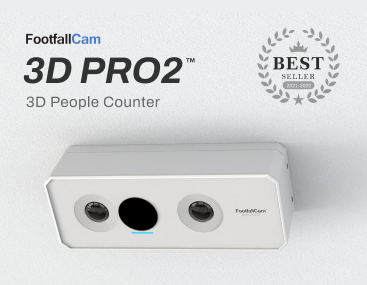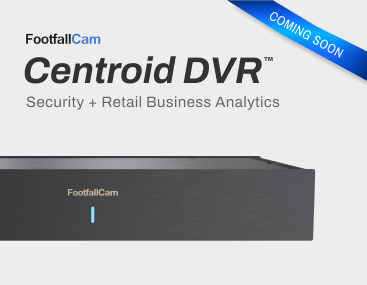When comparing WiFi, Bluetooth Low Energy (BLE), and sub-GHz RF for connecting IoT devices in a building, several factors come into play, including range, data transfer rate, power consumption, interference, and compatibility. Here’s an overview of each technology:

When comparing WiFi, Bluetooth Low Energy (BLE), and sub-GHz RF for connecting IoT devices in a building, several factors come into play, including range, data transfer rate, power consumption, interference, and compatibility. Here’s an overview of each technology:
WiFi (Wireless Fidelity): WiFi is a widely used wireless networking technology that operates in the 2.4 GHz or 5 GHz frequency bands. It provides high data transfer rates and extensive coverage within a building, making it suitable for applications that require fast and reliable communication. WiFi offers a broad range of devices and infrastructure, making it a versatile choice. However, it typically consumes more power compared to other low-power technologies and may be more susceptible to interference from other WiFi devices or environmental factors.
Bluetooth Low Energy (BLE): BLE is a wireless communication technology designed for low-power and short-range communication. It operates in the 2.4 GHz frequency band and is commonly used for connecting IoT devices within close proximity, such as within a room or a small area of a building. BLE offers lower power consumption compared to WiFi and is well-suited for battery-powered devices. It provides sufficient data transfer rates for most IoT applications but may not be suitable for applications requiring high-speed data transfer or long-range connectivity.
Sub-GHz RF: Sub-GHz RF technologies, such as Zigbee, Z-Wave, or LoRa, operate in the lower frequency bands below 1 GHz. They offer long-range communication and better penetration through walls and obstacles compared to WiFi and BLE. These technologies excel in building-wide or even campus-wide IoT deployments, providing extended coverage and low power consumption. Sub-GHz RF technologies are often used for applications like smart building automation, energy management, or asset tracking. However, they typically have lower data transfer rates compared to WiFi and BLE and require dedicated infrastructure and gateways for connectivity.
When choosing the appropriate technology for connecting IoT devices in a building, it’s crucial to consider the specific requirements of the application. If high data transfer rates, extensive coverage, and compatibility with existing infrastructure are necessary, WiFi may be the preferred choice. For low-power, short-range connections within close proximity, BLE can be a suitable option. If long-range coverage, low power consumption, and the ability to penetrate walls are critical, sub-GHz RF technologies are worth considering.
It’s also worth noting that hybrid approaches combining multiple technologies might be beneficial in complex IoT deployments. For instance, using WiFi for high-speed data transfer and BLE for localised communication or utilising a combination of WiFi and sub-GHz RF technologies for comprehensive coverage. Evaluating the specific requirements, constraints, and trade-offs will help determine the most suitable technology or combination of technologies for IoT connectivity within a building.













